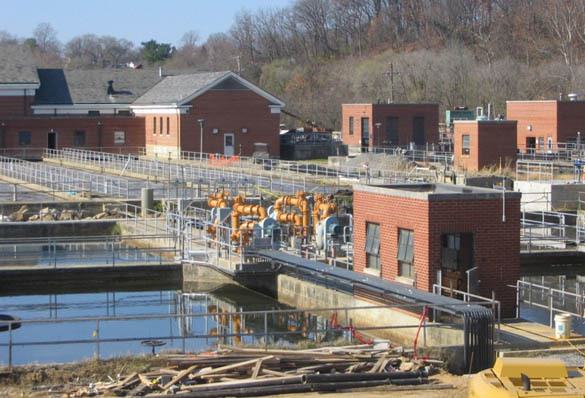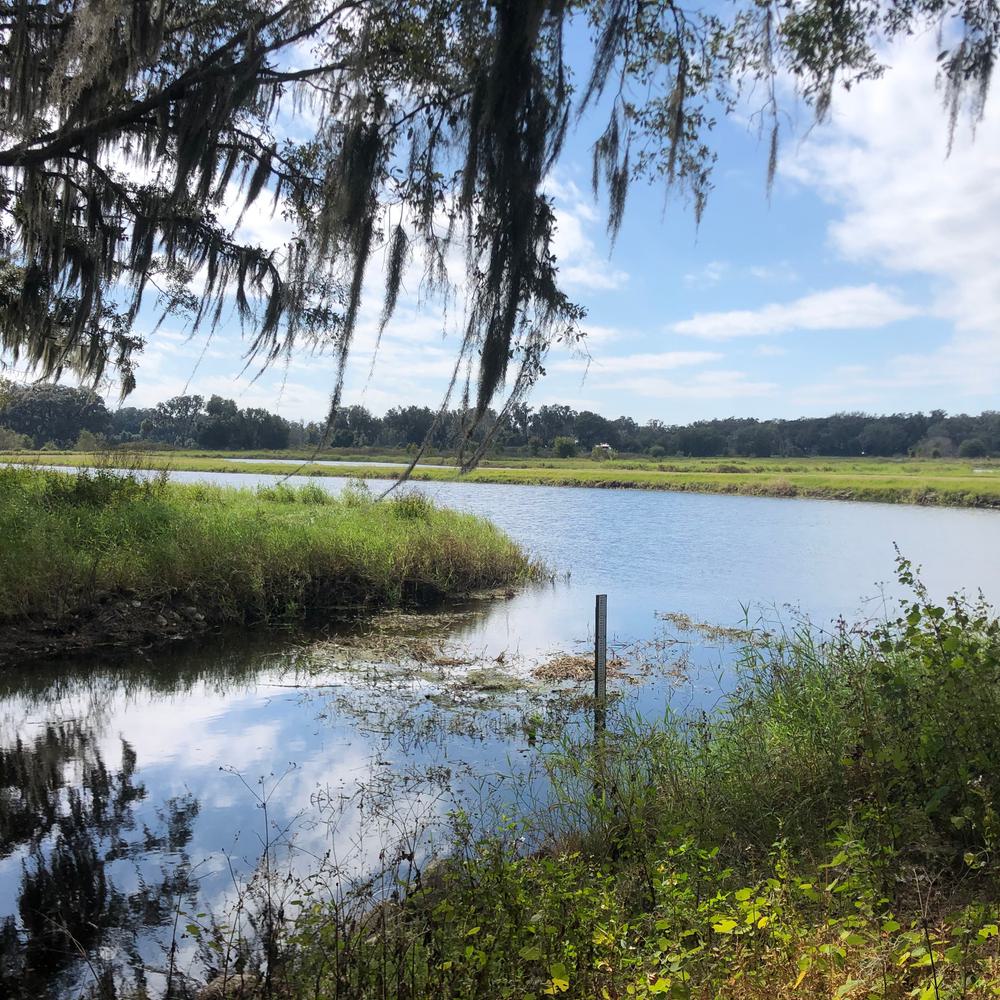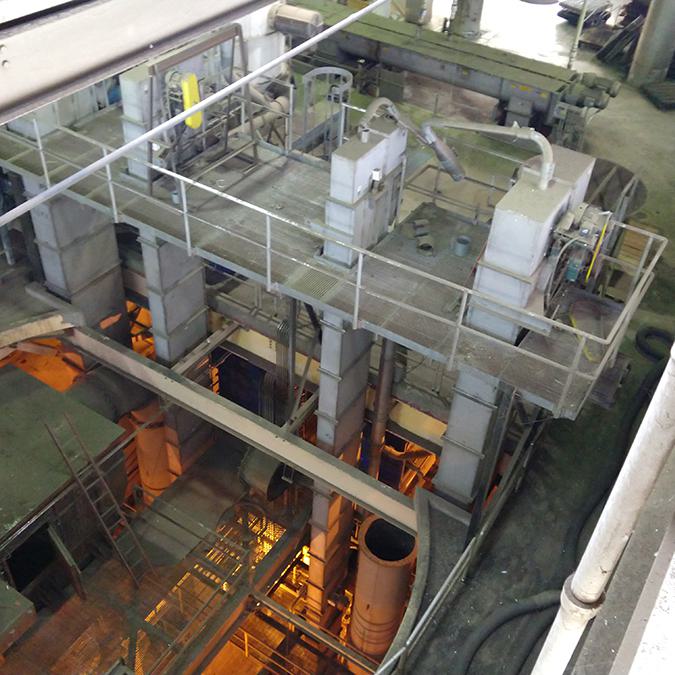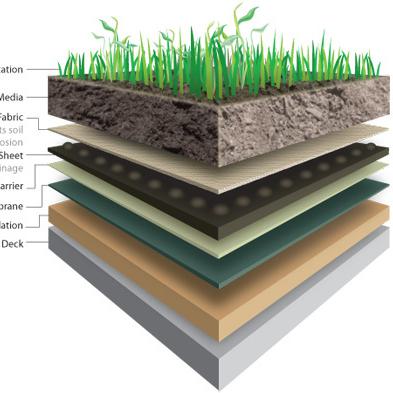Biogas Energy Recovery Analysis: Western Virginia Water Authority
Upgrades and expansions to the Roanoke WPCP to improve liquid treatment and wet weather flow treatment capacity resulted in the abandonment of gas engine driven influent centrifugal pumps, resulting in surplus digester gas being flared instead of beneficially utilized. Hazen and Sawyer completed a plant-wide assessment of electrical power distribution system reliability, stand-by power needs, and alternative energy development opportunities.
Complete Facility Assessment
The facility now uses digester gas for the production of electrical energy and hot water for digester heating.

A major objective of the analysis phase of this project assignment was to evaluate alternative energy production technologies that could be implemented on-site to increase the plant sustainability and result in reductions to the facilities overall carbon footprint. Hazen and Sawyer reviewed opportunities for energy production from solar, wind, hydroelectric and biomass during a preliminary screening assessment. Based on the preliminary screening energy production from anaerobic digester gas (biogas) was determined to offer the greatest potential for power production and economic viability. A more detailed assessment of biogas utilization was completed following the initial screening activity.
A preliminary engineering report was developed to consider electrical power production from the available biogas at the treatment facility using internal combustion gas-driven engine generators, micro-turbines, and stirling engines. Advantages and disadvantages of each technology were considered and based on the facility scale and electrical power generation potential internal combustion gas-driven engines were recommended as the preferred biogas utilization technology.
Biogas utilization alternatives were assessed based on a 20-year lifecycle period considering seasonal variability in heating demands and long-term growth in gas production. Recommended energy recovery facilities recommended installation of up to 1,000kW of digester gas driven engine generatorcapacity in a CHP configuration with recovered heat routed to the anaerobic digestion process for heating. Economic analysis were conducted accounting for the value of electrical energy produced, renewable energy credits generated, estimated O&M costs, and capital investment requirements.
Results of the economic analysis indicated that the recommended system could generate approximately $3.00 net present value would be generated for each $1.00 of incremental capital cost invested in the CHP system with an estimated payback period of 7-8 years. Based on the analysis completed the Owner subsequently authorized Hazen and Sawyer to initiate design on a facility with two 500kW output engine generators to beneficially utilize digester gas in a full CHP process configuration.

Mike Bullard is experienced in the design, operation, maintenance and process optimization of municipal and industrial water and wastewater treatment facilities.
Related Topics:
Project Outcomes and Benefits
- Analysis indicated that the recommended system would generate approximately $3.00 net present value would be generated for each $1.00 of incremental capital cost invested in the CHP system with an estimated payback period of 7-8 years.
- Based on the economic analysis the Owner plans to install two 500 kW internal combustion digester gas driven engines in a combined heat and power system to beneficially utilize digester gas for the production of electrical energy and hot water for digester heating.





















